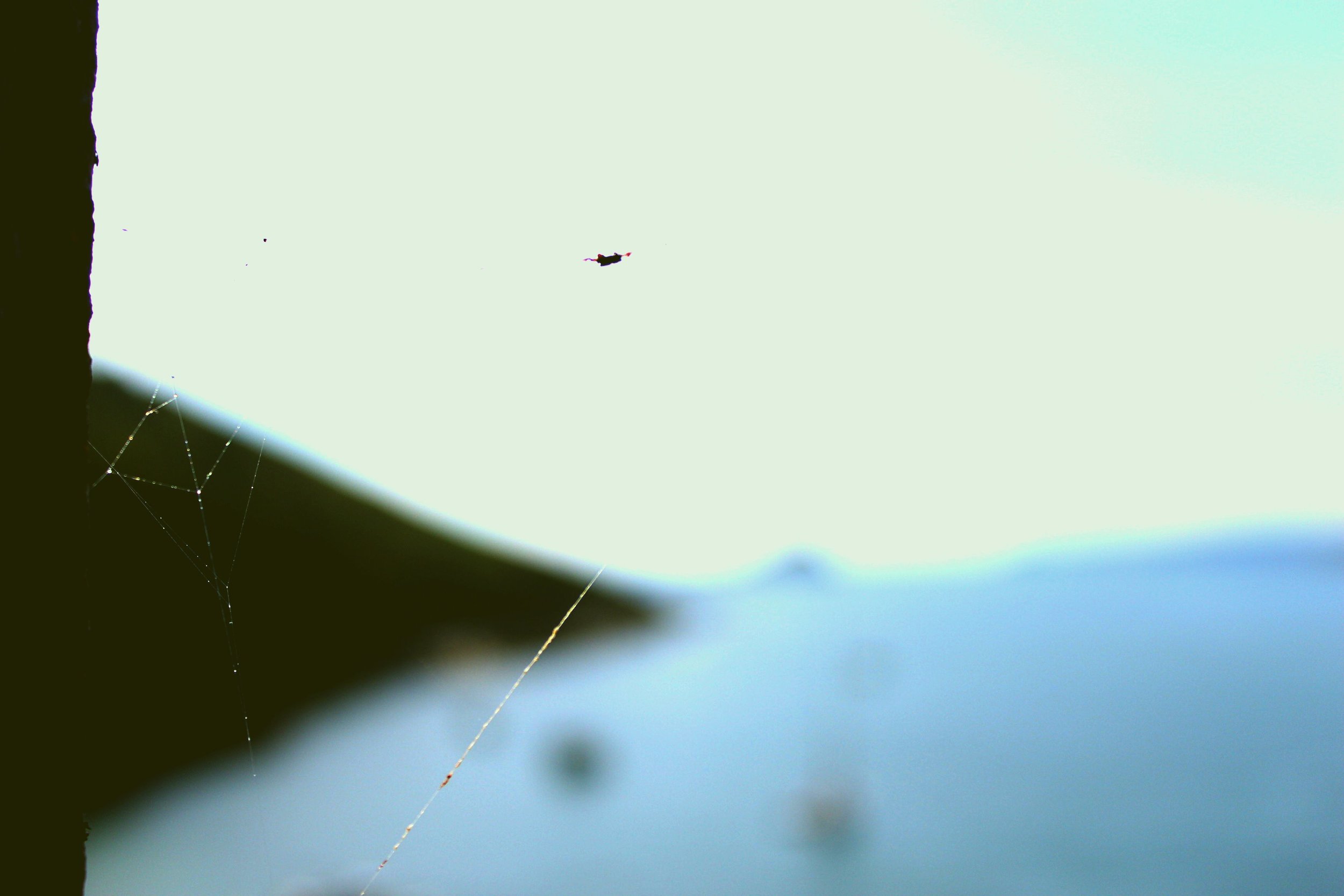Miserable things I found out this month include:
In Poland, Coca-Cola sent empty plastic bottles (with green labels) to influencers asking them to recycle the bottles, share their efforts online and encourage people to create a world without waste. The plastic bottles weren’t old ones that had already been used; they were new. This is the kind of behaviour that future generations will look back on and absolutely despise us for. Maybe they’ll even hunt down the people who came up with ‘initiatives’ like this and try them for environmental crimes. Fingers crossed. In any case, the Caligula years will thankfully be coming to an end pretty soon, whether we want them to or not.
The Botswana Democratic Party has decided to lift its elephant hunting ban, because stocks have rebounded to 110,000, and a few of those 110,000 are being a nuisance to farmers, killing a few unfortunate people and generally not respecting man-made boundaries. Instead of seeking a solution that is beneficial to both spheres (such as ramping up eco-tourism), preserving a critical part of a delicate ecosystem, protecting a species ranked as ‘vulnerable’ on the IUCN Red List, and continuing to set an example to the rest of the world, they’re going to let overweight white men with small dicks shoot elephants in the chest until the problem goes away and everything is fine.
McDonald’s has released a vegan burger in Germany to cash in on that ethical dollar. This is one of those things where nobody is going to be right, but: for me, it’s a little like when Tony Soprano, an outsized sociopathic bastard who was awful to pretty much anyone he locked eyes with, did something a little bit nice (like, say, deciding not to kill someone) and the audience thought “ah, I guess he isn’t so bad after all”. Yeah, a vegan burger might be a step in the right direction, but McDonald’s is a brand that is wholeheartedly committed to animal genocide. It’s better to not support it at all. Only by taking a concerted stand against the concept of corn-engorged, bloodstained fast food will it one day become possible to liberate the global food supply from the hands of companies that couldn’t care less how much animal suffering they cause or how sick we become from eating what they serve us. The ‘value for money’ card doesn’t play, either - nobody who is eating a vegan burger at McDonald’s is doing so because they can’t afford to buy normal vegetables. Let’s be honest - by and large, veganism is the privilege of rich white people. And these are the people (as usual) who are influencing the discourse being taken here. So why not - instead of succumbing to laziness, hunger pangs, idle curiosity or whatever - do the right thing and ignore these pedlars of misery? They’re just trying to tempt you back into the fold.
The world’s population is now nearing 8 billion. I remember when it reached 6 billion as a kid (in 1999) and was amazed at how quickly it then went on to hit 7 billion in 2012. Now, just 7 years later, we’re close to the next milestone. I suppose it’s not so surprising, actually. More people equals more sex equals more babies. But the question is how long this is going to go on for. Do we just keep having babies until the systems in place can no longer support us and everything collapses? Modified monoculture crops paired with chemical fertiliser (the innovation that allowed the population to grow massively in the first place - cheers, Justus von Liebig) are already eating away topsoil at a catastrophic rate, contaminating rivers and groundwater, killing the insect population and killing natural diversity. The food we eat is, by and large, unhealthy and unnatural, and this will become even more so as we desperately strive to feed every new mouth that comes into the world. These cycles, in turn, produce more CO2, the thing we need to somehow suck out of the atmosphere in order to stop the Great Acceleration from turning into the Great Human No-brakes Joyride At High Speed Into A Wall of Extinction.
But the question is why exponential population growth, caps and limitations aren’t part of the political discussion. I mean, I know why - it’d be political suicide. You can’t take a person’s right away to have a baby. Even so, if we’re changing the way we eat, changing the way we travel, changing the way we consume and use resources and changing the way we speak (climate change > climate crisis), why shouldn’t we change the way we populate the Earth? Even a cursory glance at the World Population Clock reveals our current approach (which is to do absolutely nothing at all) reveals how unsustainable it is to simply allow people to have as many kids as they want. What I’m certainly not saying is that a cap should be forcibly imposed. That’s fascism. There is a whole raft of religious, educational and socioeconomic issues to contend with here, too. But population growth should at least be a much more vocal element of the conversation on the climate crisis, and it might get people to think more about whether they do actually want to bring another child into a world already groaning under the weight of civilisation. Stuart Aken (who was kind enough to review my book) has some more coherent thoughts than mine on this.
Music with no discernible flow because nothing makes sense anyway:
Tyler, the Creator - Igor’s Theme
IDLES - Mercedes Marxist
Autoclave - Dr Seuss
Holly Herndon - Alienation
Ellen Allien - Free Society
Red House Painters - Between Days
Critical Defiance - 507
Tim Hecker - That world
ominous audrey.


